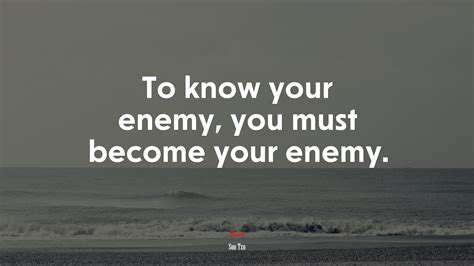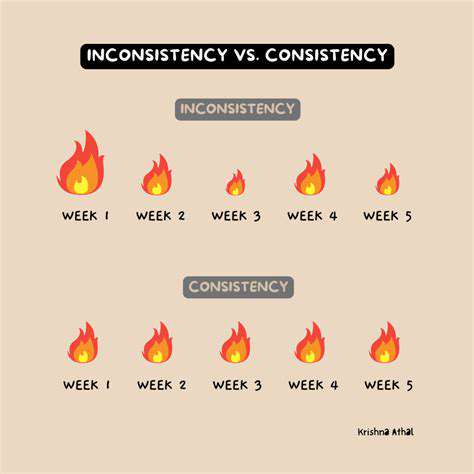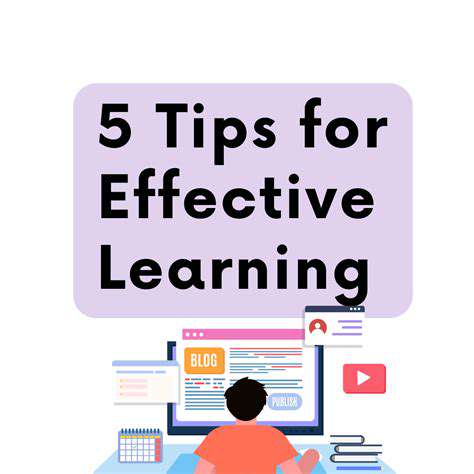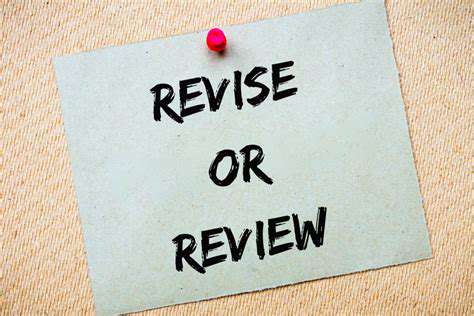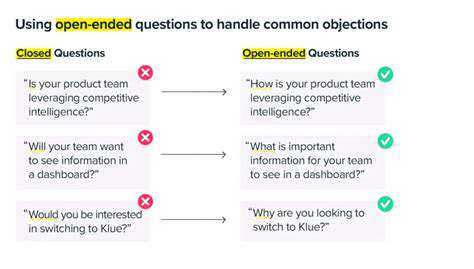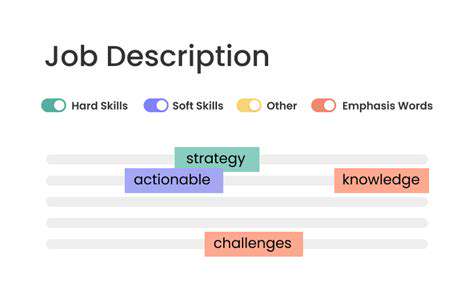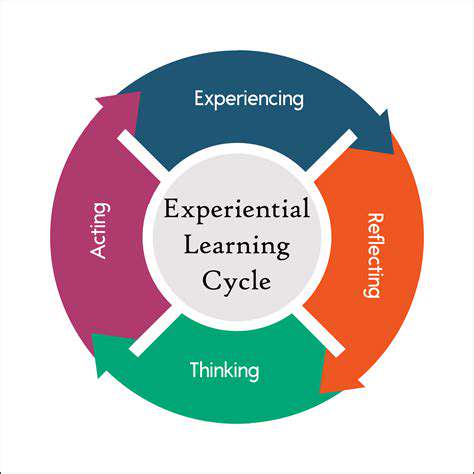How to Write a Compelling Personal Statement for Applications
Understanding Your Story
Every individual carries a story that is uniquely their own. To craft a narrative that resonates, you must first dive deep into your personal experiences, values, and perspectives. This isn't just about listing events; it's about reflecting on how those moments have shaped who you are today. Think about the challenges you've faced, the relationships that have influenced you, and the lessons you've learned. This introspection forms the foundation of a statement that feels genuine and authentic.
Consider the pivotal moments in your life. Maybe it was a difficult obstacle you overcame or a mentor who changed your perspective. These experiences don't just define you—they reveal the lens through which you view the world. By analyzing these events, you can uncover the values and aspirations that drive you. This isn't about standing out for the sake of it; it's about showcasing the real, unfiltered version of yourself.
Highlighting Your Strengths and Values
Once you've identified your narrative, the next step is to highlight the strengths and values that emerge from it. What are you truly passionate about? What skills have you honed over time? This is your chance to demonstrate how your unique qualities align with the opportunity you're pursuing. Don't just list your abilities—explain how they connect to your story. For example, if you've faced adversity, describe how it taught you resilience or problem-solving.
This section should go beyond technical skills. It's about showing your adaptability, your ability to learn, and how you've grown from your experiences. These qualities often resonate more deeply with readers because they reveal character, not just competence.
Connecting Your Narrative to the Opportunity
Your story isn't just about you—it's about how it fits into the bigger picture. Research the program, role, or institution you're applying to. What are their goals? How do your experiences and values align with their mission? This connection is what transforms a good statement into a compelling one. Show, don’t just tell, how your background prepares you for this specific opportunity.
For instance, if you're applying to a leadership program, highlight moments where you've stepped up to guide others. This demonstrates not only your capability but also your understanding of what the opportunity requires. The goal is to make it clear that your narrative isn't just unique—it's exactly what they're looking for.


Refining and Polishing Your Statement: The Final Touches for Impact
Crafting a Compelling Opening
The first few sentences of your statement are critical. They set the tone and determine whether the reader will stay engaged. Consider starting with a vivid anecdote, a thought-provoking question, or a surprising fact. For example, if you're writing about resilience, you might begin with a moment where you faced a significant setback. This immediately draws the reader in and makes your statement memorable.
A strong opening isn't just about grabbing attention—it's about establishing credibility. Make it clear from the start why your perspective matters. This initial impression can shape how the entire statement is perceived.
Addressing Counterarguments
A strong statement doesn't shy away from opposing viewpoints. By acknowledging counterarguments, you show depth and intellectual rigor. For example, if you're advocating for a particular approach, address why others might disagree and explain why your stance holds weight. This not only strengthens your argument but also demonstrates your ability to think critically.
This process can also refine your own position. Engaging with opposing ideas forces you to clarify your thoughts and present a more nuanced perspective. The result is a statement that feels well-rounded and persuasive.
Strengthening Evidence and Supporting Details
Claims without evidence fall flat. Use data, research, or real-world examples to back up your points. If you're discussing a skill, describe a specific instance where you applied it successfully. This makes your statement more credible and impactful.
When citing evidence, ensure it's relevant and reliable. Explain how it supports your argument—don't assume the reader will connect the dots. This level of detail shows thoroughness and reinforces your credibility.
Refining Tone and Style
The tone of your statement should match its purpose. A formal application requires a professional tone, while a personal essay might allow for more creativity. Whatever the case, consistency is key. Avoid switching between styles, as this can disrupt the flow and confuse the reader.
Ensuring Clarity and Conciseness
Clear, concise language is non-negotiable. Every sentence should serve a purpose. Cut unnecessary words and avoid jargon that might alienate your audience. For example, instead of saying utilize, say use. Simplicity often carries more weight.
This isn't just about brevity—it's about making your ideas accessible. Readers are more likely to engage with a statement that's easy to follow. A well-structured, straightforward argument leaves a lasting impression.
Proofreading and Polishing for Perfection
Errors undermine credibility. Proofread meticulously for grammar, spelling, and punctuation mistakes. Consider reading your statement aloud—this can reveal awkward phrasing or inconsistencies. If possible, have someone else review it; fresh eyes often catch overlooked errors.
Finally, assess the overall impact. Does your statement convey your message effectively? Does it resonate? Small tweaks to tone or structure can make a big difference. A polished, error-free statement reflects professionalism and attention to detail.
Read more about How to Write a Compelling Personal Statement for Applications
Hot Recommendations
- How to Stay Productive While Working Remotely
- Tips for Managing Conflict with Coworkers
- Entrance & Certification Exams (升学考试)
- How to Improve Your Storytelling Skills (Speaking)
- How to Find Profitable Side Hustles
- Tips for Preparing for the TOEFL iBT Home Edition
- Guide to Switching Careers from [Industry A] to [Industry B]
- How to Run an Effective Hybrid Meeting
- Tips for Marketing Your Side Hustle on Instagram
